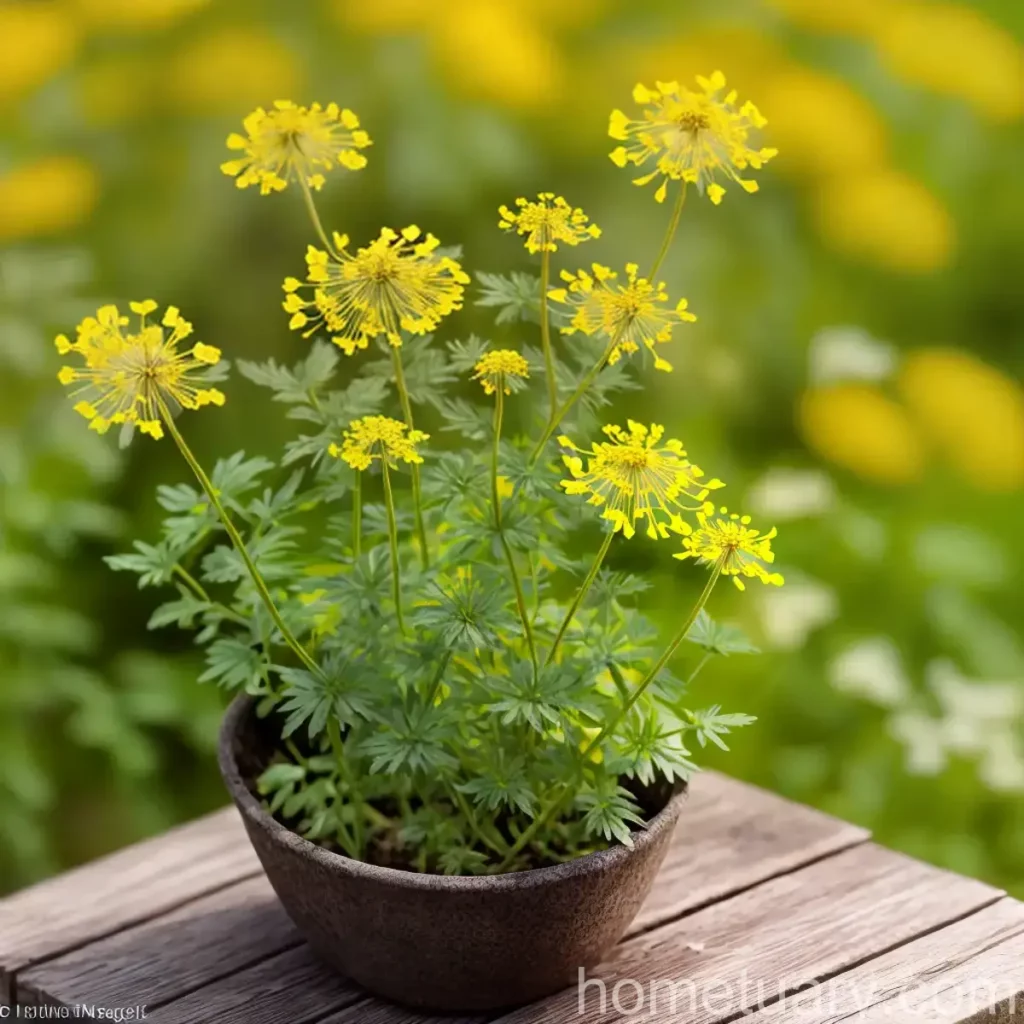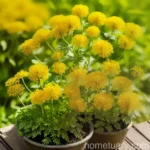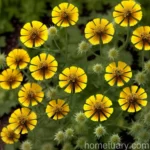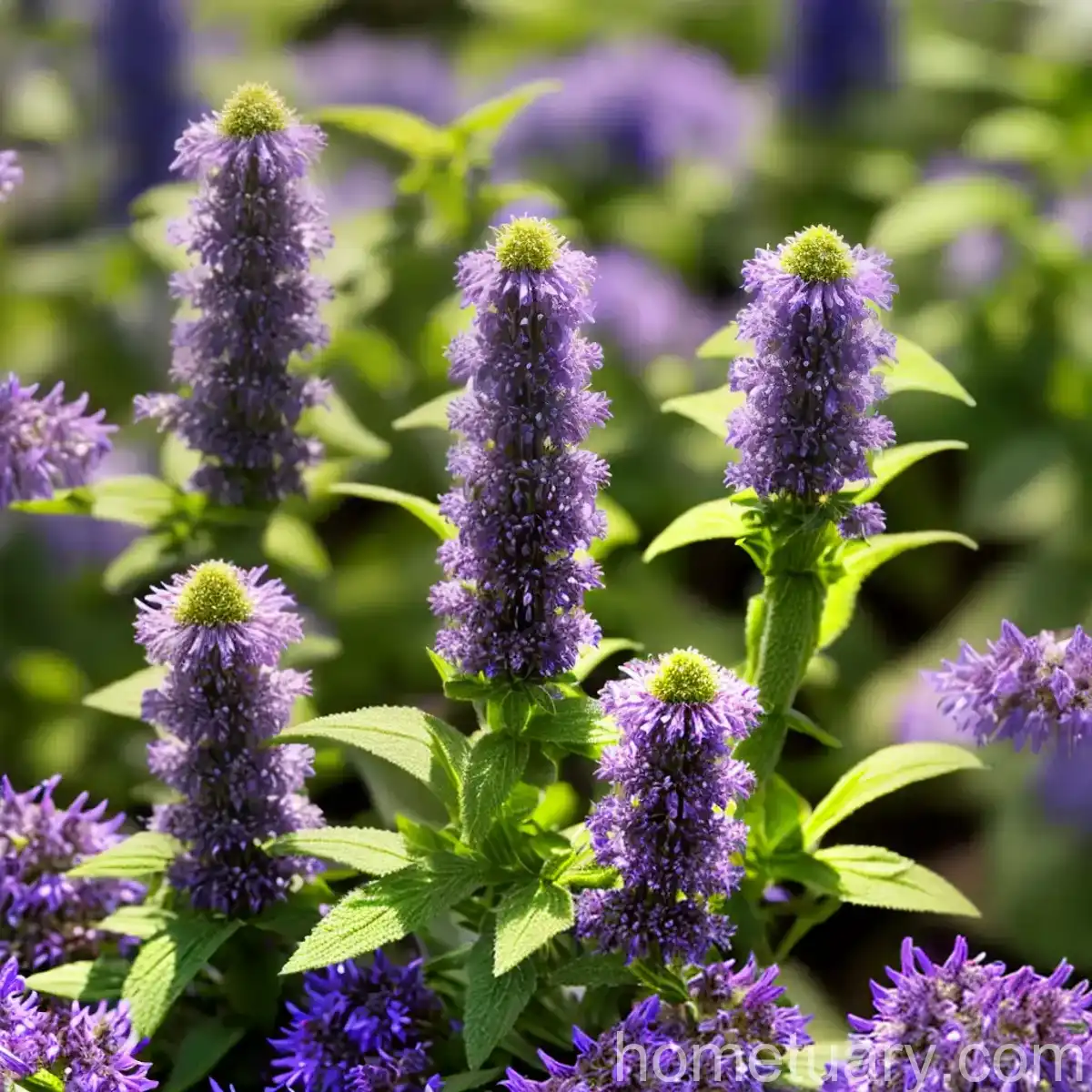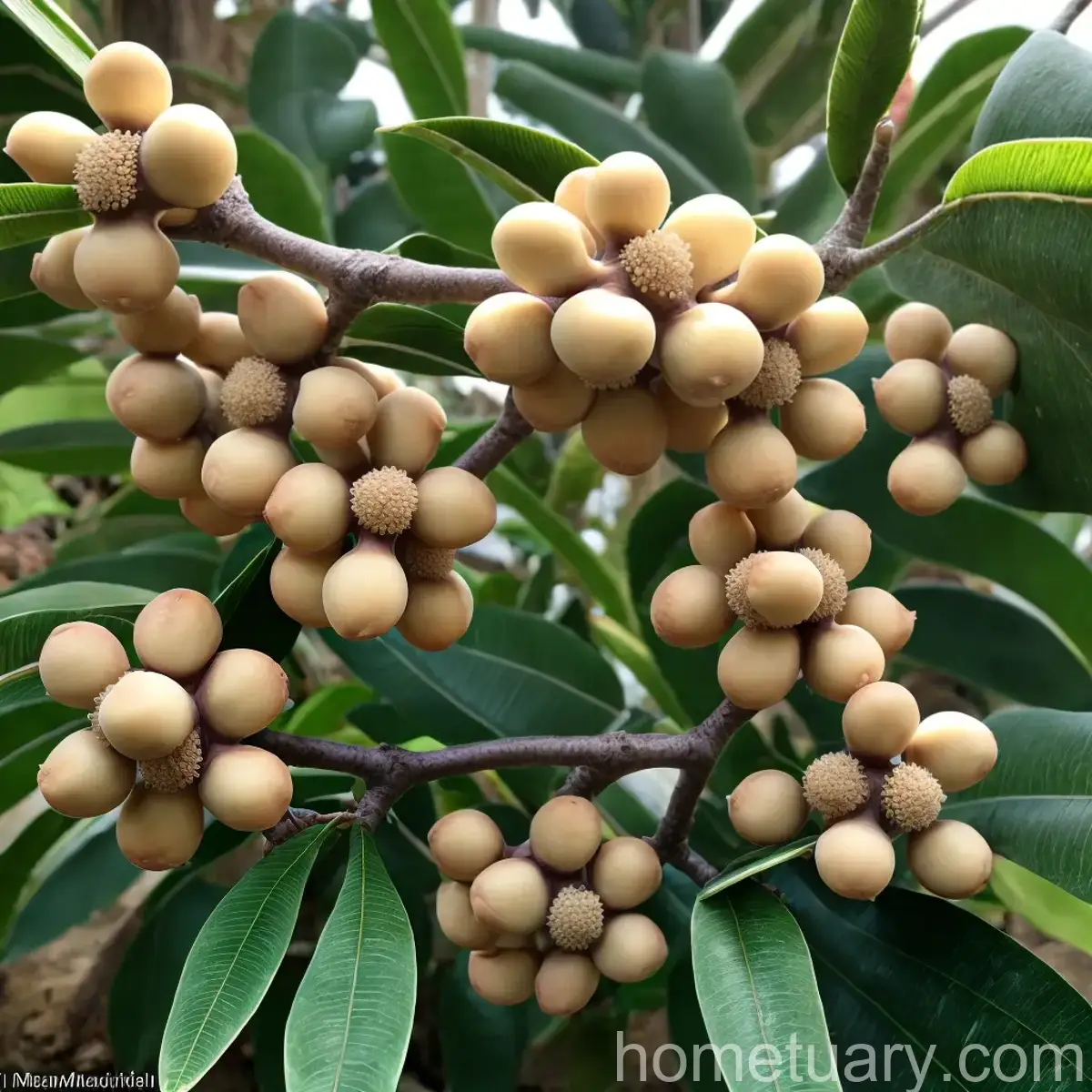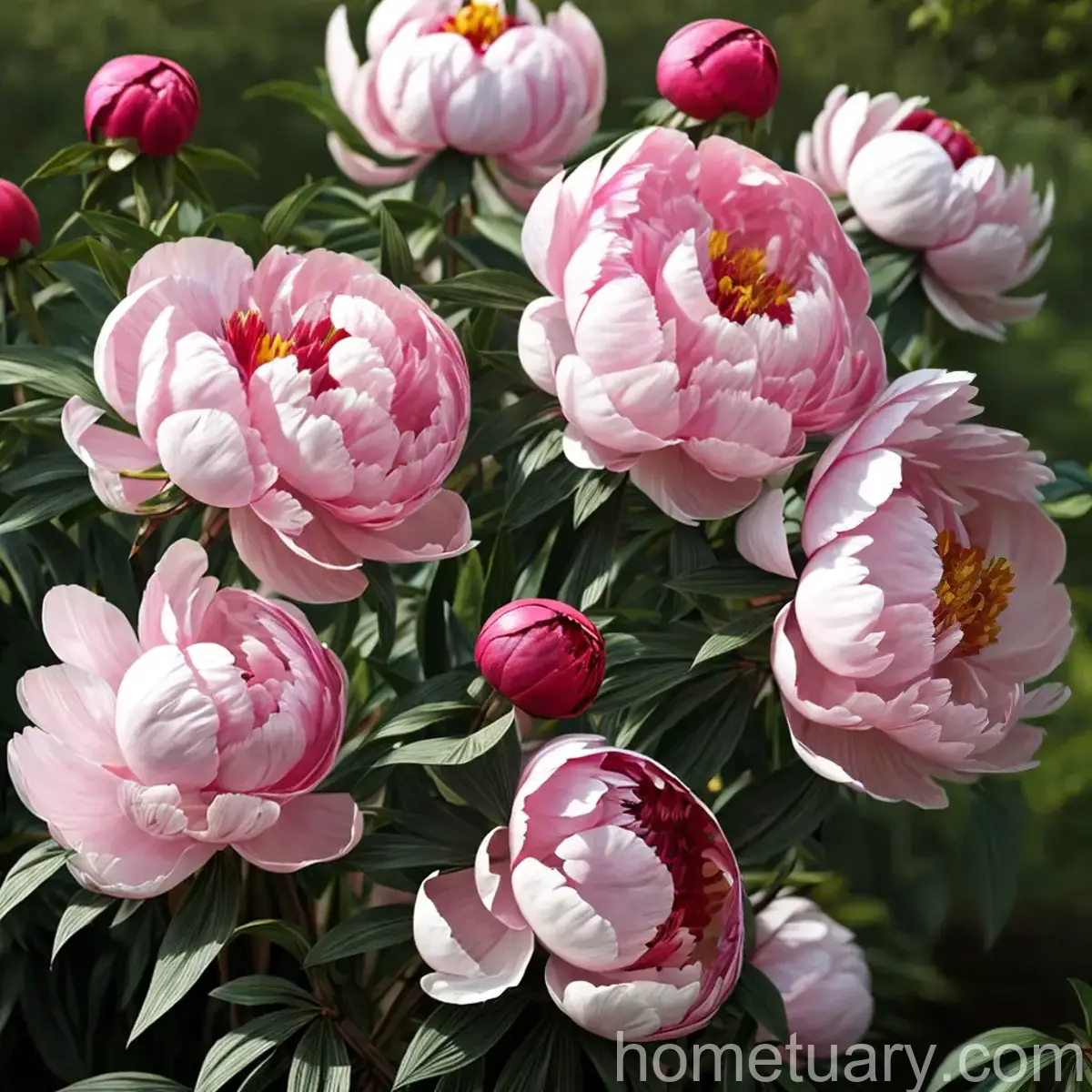The Fascinating World of Round-leaved Ragwort (Packera obovata)

Image source: Lady Bird Johnson Wildflower Center
Introduction
Round-leaved ragwort, scientifically known as Packera obovata, is a captivating and versatile plant that offers not only ornamental beauty but also cultural and ecological significance. This plant belongs to the Asteraceae family and is native to the woodlands and moist areas of North America. In this comprehensive guide, we will delve into the various aspects of this intriguing plant, including its identification, characteristics, habitat, cultivation requirements, uses, folklore, and much more.
Packera obovata Identification
Common Names
This plant is commonly referred to as round-leaved ragwort, roundleaf ragwort, and round-leaved groundsel.
Leaf Structure and Flower Morphology
One of the distinctive features of round-leaved ragwort is its round to kidney-shaped basal leaves, which are deeply lobed and toothed. The plant bears bright yellow, daisy-like flowers with prominent yellow centers, adding a vibrant touch to its overall appearance.
Habitat and Native Range
Round-leaved ragwort is primarily found in woodlands, stream banks, and moist areas across North America, including regions of the Eastern and Central United States.
Endangered Status
In some regions, particularly where the natural habitat is threatened by human activities or environmental changes, round-leaved ragwort may be at risk and classified as an endangered species. Conservation efforts are crucial for the preservation of its habitat and populations.
Toxic Properties
It’s important to note that round-leaved ragwort, like many plants in the Asteraceae family, contains compounds that can be harmful if ingested by humans and animals. Proper precautions should be taken to prevent accidental consumption.
Round-leaved Ragwort Characteristics
Leaf Variegation
The variegated leaves of round-leaved ragwort exhibit a fascinating color pattern, with shades of green and touches of silvery-white, adding to its visual appeal in gardens and natural landscapes.
Wildlife Interactions
As a nectar source for butterflies and other pollinators, round-leaved ragwort plays an important role in supporting local ecosystems. Its bright blooms attract beneficial insects and contribute to the overall biodiversity of its surroundings.
Ornamental Value
With its distinctive foliage and cheerful blooms, round-leaved ragwort holds considerable ornamental value and can be an attractive addition to native plant gardens and woodland settings. Its ability to thrive in diverse environmental conditions further enhances its appeal to gardeners and wildlife enthusiasts.
Wildlife Garden Plants
The presence of round-leaved ragwort in wildlife gardens can provide vital resources for native bees, butterflies, and other pollinators, promoting sustainable and thriving habitats.
Round-leaved Ragwort Cultivation
Cultivating round-leaved ragwort can be a rewarding experience, as it offers an array of benefits to both gardeners and the environment. Below, we will explore the essential growing conditions, care guidelines, and maintenance techniques for this remarkable plant.
Growing Conditions
| Aspect | Conditions |
|---|---|
| Water | Moist, well-drained soil |
| Sunlight | Partial to full shade |
| Fertilizer | Light feeding during the growing season |
| Soil | Rich, organic, and loamy soil |
| Pruning | Minimal pruning required |
| Propagation | Division, seeds, or stem cuttings |
| Container | Suitable for container gardening |
Water
Round-leaved ragwort thrives in moist, well-drained soils, making it well-suited for woodland gardens and areas with higher humidity levels. Regular watering is essential, particularly during dry periods, to maintain optimal soil moisture and support healthy growth.
Sunlight
While round-leaved ragwort can tolerate partial shade to full shade, it generally prefers locations with dappled sunlight or filtered light, mimicking its natural woodland habitat. Avoid exposing the plant to intense, direct sunlight for extended periods, as it may cause stress and leaf scorch.
Fertilizer
When it comes to feeding round-leaved ragwort, a light application of balanced, organic fertilizer during the growing season can provide the necessary nutrients for robust growth and flowering. It’s important to avoid excessive fertilization, as this can lead to an imbalance in soil nutrient levels.
Soil
The ideal soil conditions for round-leaved ragwort include rich, organic, and loamy substrates that retain moisture without becoming waterlogged. Adding organic matter, such as compost or leaf mold, can enhance soil structure and fertility, creating a favorable environment for the plant’s development.
Pruning
Round-leaved ragwort generally requires minimal pruning, mainly focused on removing any damaged or dead foliage. Pruning may also be carried out to control the plant’s size and shape, although it’s important to avoid excessive cutting, as this can impact its natural form and appearance.
Propagation
This versatile plant can be propagated through various methods, including division, seeds, and stem cuttings. Each approach offers unique benefits and can be tailored to suit the preferences and requirements of individual gardeners.
Container Gardening
For gardening enthusiasts who prefer container cultivation, round-leaved ragwort can thrive in suitable pots or planters filled with well-draining, nutrient-rich soil. Its adaptability to container gardening makes it a flexible option for adding natural beauty to patios, decks, and shaded outdoor spaces.
Packera obovata Uses
Medicinal Uses
In traditional herbal medicine, various species within the genus Packera have been utilized for their medicinal properties, including potential therapeutic benefits for specific health conditions. It’s important to note that the use of any plant for medicinal purposes should be approached with caution and under the guidance of qualified healthcare professionals.
Folklore
Plants with cultural significance often have rich folklore associated with them. Exploring the folklore surrounding round-leaved ragwort can provide a deeper understanding of its historical uses, symbolism, and associations within diverse societies and traditions.
Gardening Uses
From woodland gardens and naturalistic landscapes to shaded borders and native plant collections, round-leaved ragwort can be used in a variety of gardening settings to enhance visual interest, attract beneficial wildlife, and contribute to biodiversity.
Round-leaved Ragwort: Maintenance and Protection
Common Diseases
While round-leaved ragwort is generally resilient, it can be susceptible to certain diseases and issues. Being aware of common ailments and implementing preventive measures is essential for maintaining the plant’s health and vigor.
Disease Diagnosis
| Common Diseases | Symptoms and Treatment |
|---|---|
| Powdery Mildew | White powdery growth on foliage; improve air circulation |
| Rust | Orange pustules on leaves; prune affected parts |
| Leaf Spot | Dark lesions on leaves; remove infected foliage |
Common Pests
As with many plants, round-leaved ragwort may face challenges from pests that can impact its growth and appearance. Understanding typical pest pressures and employing suitable control strategies is vital for preserving the plant’s well-being.
Botanist’s Tips
– Regularly monitor the plant for signs of pest activity or disease symptoms.
– Implement cultural practices, such as proper spacing and sanitation, to reduce pest and disease pressure.
– Utilize environmentally friendly pest control methods to minimize harm to beneficial organisms and the overall garden ecosystem.
Fun Facts about Round-leaved Ragwort
- Ecological Significance: Round-leaved ragwort contributes to the ecological tapestry by providing nectar and pollen for pollinators, supporting the intricate web of relationships in natural habitats.
- Folklore and Symbolism: In folklore and traditional beliefs, select plant species, including round-leaved ragwort, are associated with symbolic meanings and cultural rituals, reflecting the intimate connections between plants and human cultures.
- Adaptability: This plant’s adaptability to shaded environments makes it an excellent choice for adding color and texture to gardens and landscapes with limited sunlight.
External Resources
In conclusion, round-leaved ragwort (Packera obovata) stands as an enchanting plant with significant botanical, cultural, and ecological value. Its distinctive foliage, cheerful blooms, and resilient nature make it a compelling choice for gardeners and conservationists alike. By understanding its unique characteristics, growth requirements, and various uses, individuals can appreciate the captivating essence of this remarkable plant and contribute to its preservation and cultivation in diverse settings.
Disclaimer: The content provided in this article is for informational purposes only. It is not intended to replace professional botanical or horticultural advice. Readers are encouraged to consult with local experts and resources for specific plant-related inquiries and guidance.

